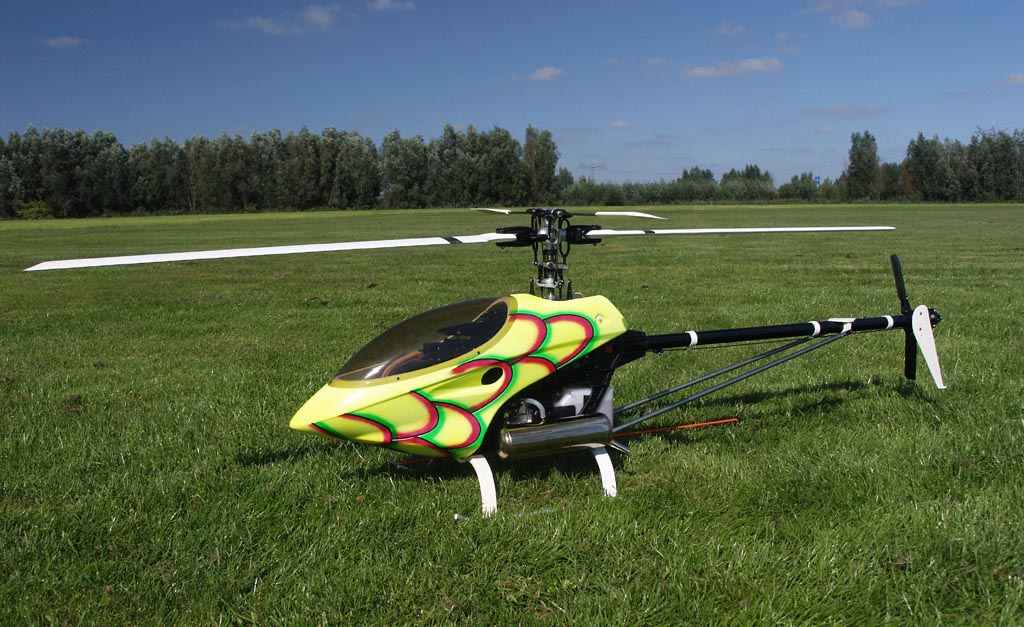Have you ever dreamed of piloting your very own helicopter? The thrill of soaring through the skies, performing stunts, and capturing breathtaking aerial views can become a reality with remote control helicopters. These miniature flying machines offer enthusiasts of all ages the chance to experience flight without leaving the ground. Whether you're an eager beginner or a seasoned pilot, the world of remote control helicopters has something to offer everyone.
Remote control helicopters have surged in popularity, becoming a favorite hobby for many. They're not just toys; they are sophisticated machines that can perform intricate maneuvers and provide the exhilarating experience of flight. With advancements in technology, remote control helicopters are now more accessible and easier to fly than ever before. This article explores the ins and outs of these fantastic flying devices, from their mechanics to tips for mastering the skies.
In this guide, we’ll delve into various aspects of remote control helicopters, including their design, types, and how to choose the perfect model for your flying style. Whether you're interested in casual flying or competitive aerobatics, understanding what remote control helicopters offer can help you make the best decision. Let's take off into the captivating world of remote control helicopters!
What Are the Different Types of Remote Control Helicopters?
Remote control helicopters come in several types, each designed for different flying styles and skill levels. Here are the primary categories:
- Single Rotor Helicopters: These are the most realistic models, closely mimicking real helicopters. They offer excellent stability and are suitable for advanced pilots.
- Coaxial Helicopters: Featuring two rotors stacked on top of each other, coaxial helicopters are easier to fly and ideal for beginners.
- Collective Pitch Helicopters: These helicopters allow pilots to control the pitch of the blades for various maneuvers, making them suitable for experienced flyers.
- Micro Helicopters: Small and lightweight, these helicopters are perfect for indoor flying and casual fun.
How to Choose the Right Remote Control Helicopter?
Choosing the right remote control helicopter can feel overwhelming due to the variety of options available. Here are some key factors to consider:
- Skill Level: Determine whether you are a beginner, intermediate, or advanced pilot, as this will guide your choice.
- Purpose: Decide if you want to fly indoors, outdoors, or for competitive purposes, as different models cater to these needs.
- Budget: Consider how much you're willing to invest, as prices can range from modest to high-end.
- Features: Look for features like 3D capabilities, camera mounts, and battery life, depending on your interests.
What Are the Key Features of a Remote Control Helicopter?
Remote control helicopters come packed with features that enhance the flying experience. Some essential features to look for include:
- Gyroscope Stabilization: This feature helps maintain stability during flight, making it easier to control.
- Rechargeable Batteries: Longer flight times and the convenience of recharging are critical for extended flying sessions.
- Camera Integration: Many modern models allow for the attachment of cameras for aerial photography and videography.
- Remote Control Range: A longer range means more freedom to explore the skies.
What Skills Do You Need to Fly a Remote Control Helicopter?
Flying a remote control helicopter requires a mix of technical knowledge and practical skills. Here are some key skills to develop:
- Hand-Eye Coordination: Essential for controlling the helicopter's movements effectively.
- Understanding Controls: Familiarizing yourself with the remote control layout and functions is crucial.
- Practice: Regular practice helps improve flying skills and build confidence.
- Problem-Solving: Being able to troubleshoot minor issues during flight is a valuable skill.
What Are Some Common Mistakes to Avoid When Flying Remote Control Helicopters?
Even experienced pilots make mistakes. Here are some common pitfalls to avoid:
- Ignoring Wind Conditions: Flying in strong winds can make control difficult and lead to crashes.
- Neglecting Maintenance: Regular maintenance is crucial for keeping your helicopter in top condition.
- Not Practicing Enough: Infrequent flying can hinder skill development and confidence.
- Overconfidence: Taking on advanced maneuvers before mastering basic skills can lead to crashes.
How Can You Enhance Your Remote Control Helicopter Flying Experience?
To take your remote control helicopter flying to the next level, consider these tips:
- Join a Community: Connect with other enthusiasts to share tips, experiences, and advice.
- Participate in Competitions: Engaging in competitions can provide challenges and enhance your skills.
- Invest in Upgrades: Upgrading components like batteries or rotors can improve performance.
- Explore Aerial Photography: Try capturing stunning aerial shots to add a new layer of enjoyment to your flying.
Conclusion: Why Should You Get into Remote Control Helicopters?
Remote control helicopters offer an exhilarating experience that combines technology, skill, and creativity. They provide a unique way to explore the skies and develop flying skills while having fun. Whether you're interested in casual flying or competitive aerobatics, the world of remote control helicopters has plenty to offer. So why wait? Start your journey today and take to the skies with your very own remote control helicopter!
![6 Best RC Helicopters with Camera [ 2021 ] Product Rankers](https://i2.wp.com/www.productrankers.com/wp-content/uploads/2018/07/TREX_600_NSP-scaled.jpg)



